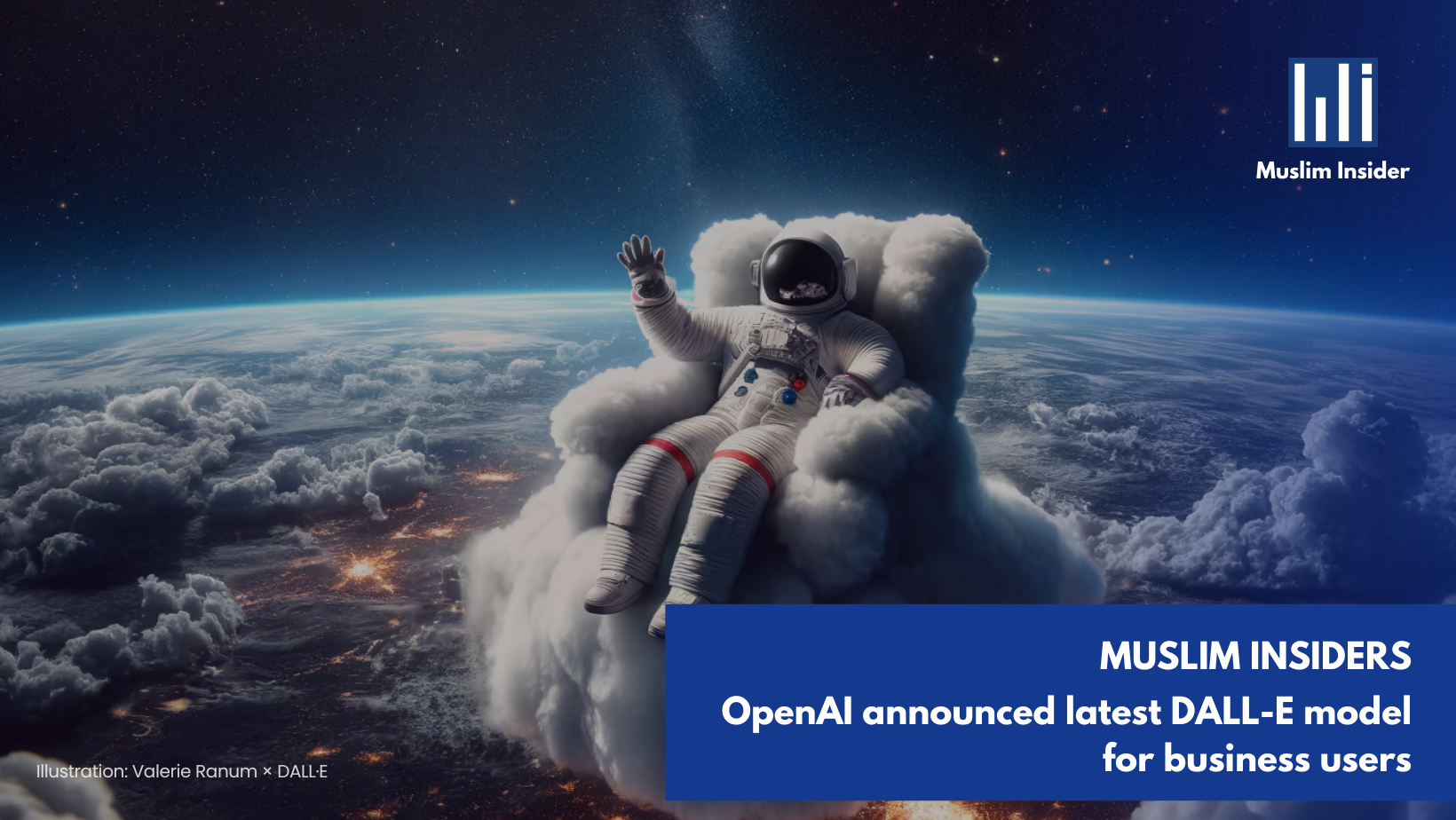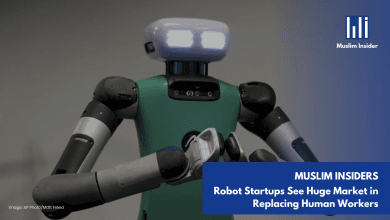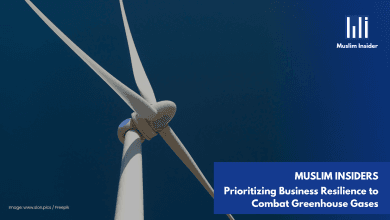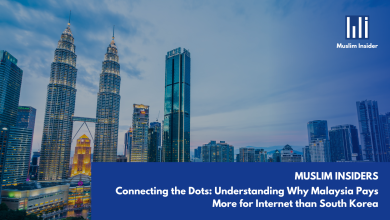
DALL·E 3, which is a Generative AI model made by OpenAI to make it easy for users to produce images from text prompts. From here, users could generate any images they wanted just by describing the kind of images they wanted to create. It will be available in ChatGPT Plus and Enterprise later this year.
Before this, the text-to-image AI model faced challenges; it struggled to follow the exact image as instructed. The prompted words were often overlooked or the meaning of the prompts was misinterpreted. The root of the problem is believed to be the training dataset’s noisy and inaccurate image captions.
It now has a major improvement, which includes the ability to generate “striking” images that will have crisp detail and make details such as text, hands and faces, which were not available before. To add to that, it will be better at following detailed, long prompts and could support both landscape and portrait ratios. The model will now focus more on the captions that users post behind the scenes. It should therefore be better at following user instructions.
OpenAI is also trying to identify whether the image is generated by DALL·E 3 or not by using an internal tool known as a provenance classifier.
With over 99% accuracy for photographs that haven’t been edited and over 95% accuracy for images that have, this tool can determine whether an image was produced by DALLE 3. Despite the strong result, it can only tell if the image is generated by DALL·E 3, without knowing the source of the image. The provenance classifier may be part of a broader approach to help users determine if audio or visual content is AI-generated, but this will require collaboration across the AI ecosystem.
The AI models are known to have always taken or copied illustrations or arts from other artists and mixed them with others to produce images, but it seems like this is not the case with the latest DALL·E model. While it can generate images that resemble artists’ work since the name is used in the prompt, they have now added a refusal. They claimed that the model will refuse to produce images based on instructions or requests that ask to use styles from living artists when the name of the artist is being put in the prompt.
Open AI also offers the creators the ability to exclude their images from being trained by their AI models just by filling out an online form here, providing images that they wish to be opted out of being used by future model training.





